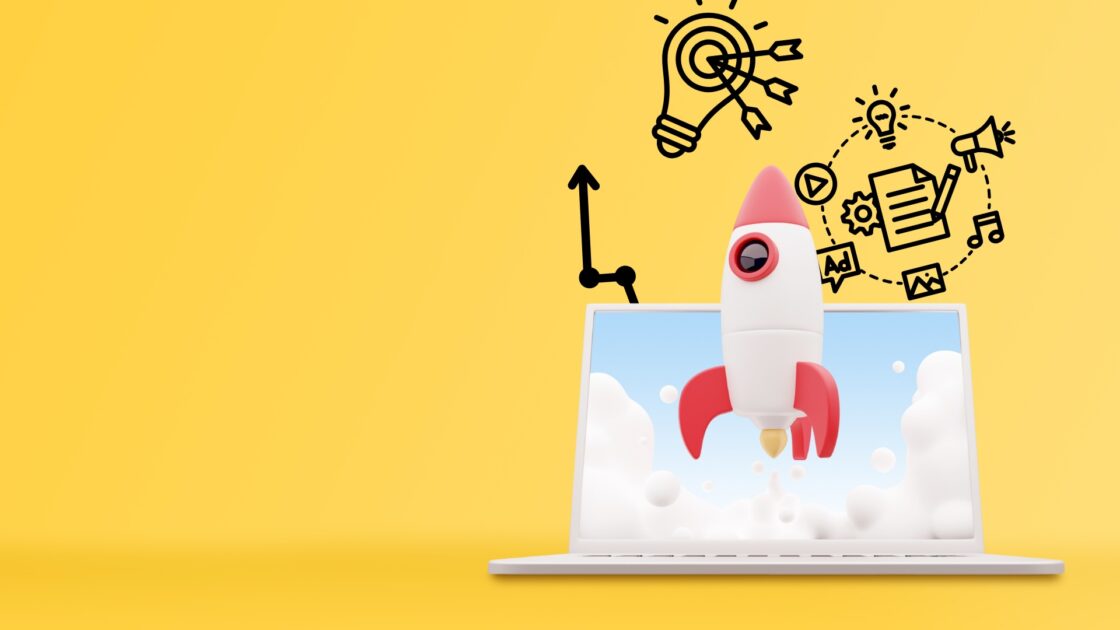Sales Enablement KPIs: Measuring Success and Boosting Sales Performance (Refreshed)
Sales Enablement KPIs: Measuring Success and Boosting Sales Performance (Refreshed)
This post is part of our Aventi Insights Refresh series, where we revisit some of our most-read articles to bring them up to date with today’s B2B realities. Sales enablement has evolved fast—with new data sources, AI tools, and metrics reshaping how we measure success. Here’s our updated take on the KPIs that matter most in 2025.
Sales enablement equips your sales team with the right tools, information, and content to sell more effectively. In fact, 89% of B2B buyers say the sales experience influences their decision—often more than price or product features.
So, how do you ensure your sales team delivers that knockout experience?
The answer lies in measuring success through Key Performance Indicators (KPIs).
In today’s B2B environment—where buying committees are larger, cycles are longer, and digital touchpoints have multiplied—enablement metrics must go beyond activity tracking. They need to connect directly to business outcomes like pipeline acceleration, win rates, and customer expansion.
Let’s explore five key sales enablement KPIs that can transform your sales performance and keep your team on the winning side in 2025.
1. Lead-to-Customer Conversion Rate
The lead-to-customer conversion rate measures the percentage of leads that become actual customers. It tells you how effectively your sales team guides prospects through the funnel—from first contact to closed deal.
To accurately measure this KPI, you’ll need data from:
- CRM systems
- Marketing automation tools
- Sales activity reports
Formula:
Conversion Rate = (Number of New Customers ÷ Total Qualified Leads) × 100
Example:
If you had 100 qualified leads last month and 10 became customers, your conversion rate is 10%.
How to Increase Lead-to-Customer Conversion Rate
A strong sales enablement program can improve this KPI by:
- Training reps to engage and nurture leads more effectively.
- Enhancing lead quality through better targeting and messaging.
- Streamlining sales workflows to remove friction in follow-ups.
- Using data analytics to identify where prospects drop off in the funnel.
Modern enhancements for 2025:
- Use intent data and account engagement scores to focus reps on leads that are actively buying.
- Route leads using AI-based scoring or assignment to speed up first contact.
- Segment conversion rates by persona, industry, or deal size to uncover specific performance gaps.
- Test nurture sequence variants and measure lift in conversion rate.
2. Sales Cycle Length
Sales cycle length tracks the average time it takes to convert a qualified lead into a customer.
Why it matters:
- A too-long cycle might signal stalled deals or complex approval processes.
- A too-short cycle could indicate rushed deals or missed upsell potential.
Formula:
Sales Cycle Length = Close Date − First Qualified Contact Date
Example:
If a lead first contacted your team on January 1 and signed on January 30, your sales cycle is 29 days.
How to Improve Sales Cycle Length
Several factors influence cycle time:
- Complexity of your product or service.
- Lead quality and readiness to buy.
- Internal decision-making and procurement processes.
Enablement can help by:
- Equipping reps with tools and content that answer buyer questions early.
- Creating objection-handling guides and ROI calculators to accelerate consensus.
- Training reps to better qualify leads upfront.
Additional levers for 2025:
- Use deal intelligence and conversation analytics to identify stalled deals.
- Map handoffs between marketing, SDRs, AEs, and procurement to minimize lag.
- Benchmark cycle times by segment (SMB vs. enterprise).
- Track predictive signals—like demo engagement or document views—to prioritize next actions.
3. Win Rate
Win rate measures the percentage of deals your team successfully closes versus total opportunities pursued.
Formula:
Win Rate = (Closed-Won Deals ÷ Total Opportunities) × 100
Why it matters:
Win rate directly reflects the effectiveness of your sales strategy, messaging, and enablement tools.
A strong rate (typically 25–50%, depending on industry) indicates your team is targeting the right buyers and executing effectively.
How to improve win rate:
- Regularly analyze lost deals to understand common objections or competitor advantages.
- Train reps to handle pricing and positioning conversations confidently.
- Align your messaging with customer pain points uncovered during discovery.
Modern tweaks for 2025:
- Track win rate by competitor, region, or buyer persona for sharper insights.
- Conduct structured win/loss interviews and feed insights back into enablement materials.
- Use AI-based pattern analysis to identify winning behaviors and talk tracks.
- Align “opportunity” definitions across marketing and sales for cleaner data.
4. Content Engagement Metrics
Content engagement metrics measure how effectively your content attracts, educates, and converts buyers.
They show which assets your sales team—and your customers—find most useful.
Examples of Content Engagement Metrics:
- Page views on blog posts
- Downloads of eBooks or whitepapers
- Time on page and scroll depth
- Video watch time
- Email open and click-through rates
- Social media shares or comments
Why it matters:
In B2B, content is the connective tissue between marketing and sales. High engagement means your content resonates; low engagement signals a need for refinement.
2025 content metrics lens for enablement:
- Tie content assets directly to influenced pipeline to prove business impact.
- Track which assets sales reps share most frequently and correlate with closed deals.
- Measure engagement depth (scroll rate, watch time) instead of vanity metrics like clicks.
- Compare performance of AI-generated vs. human-authored content for quality and trust.
- Identify “hidden gems”: high-performing but underused assets that deserve promotion.
5. Sales Training Effectiveness
U.S. companies spend over $70 billion on sales training each year, yet much of that investment fails to drive lasting impact.
The real question isn’t how much training you’re doing—it’s how much sticks and improves performance.
How to Measure Training Effectiveness
- Compare sales results pre- and post-training (average deal size, win rate, or quota attainment).
- Track adoption of new messaging or playbooks using conversation intelligence tools.
- Evaluate engagement during training sessions to spot areas of low retention.
- Use quizzes and follow-ups weeks later to assess retention of key concepts.
Modern metrics & approaches for 2025:
- Monitor time to first deal for new hires as a measure of onboarding success.
- Implement microlearning and AI-driven coaching to reinforce skills over time.
- Tie training outcomes to pipeline lift, velocity, or customer retention, not just satisfaction surveys.
- Identify top performers and replicate their approaches across the team.
Conclusion
Turning data into action is where the real challenge—and opportunity—lies.
That’s where Aventi comes in.
At Aventi, we help B2B organizations go beyond measuring enablement success—we help them accelerate it. From AI-powered training and content analytics to RevOps-aligned dashboards, our clients have seen 10–30% increases in conversion rates by focusing on what truly drives sales forward.
Ready to modernize your sales enablement KPIs? Contact us today.




